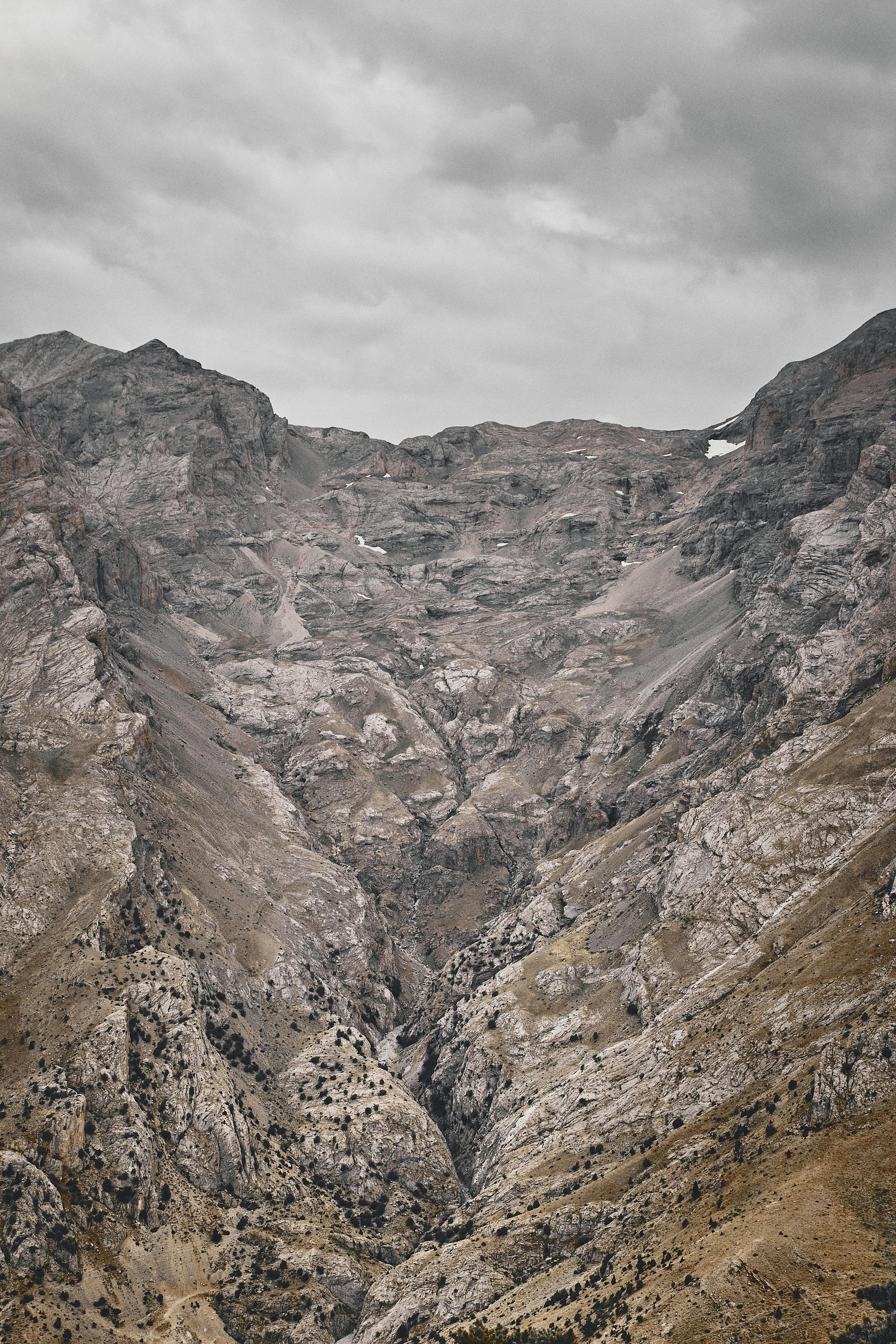7 Effective Tips to Keep Your Prescription Ski Goggles Fog-Free on the Slopes
There’s nothing quite like the rush of carving through pristine, powdery slopes, wind whipping against your face as the mountains unfold before you. It’s a feeling of unparalleled freedom! But if you’re anything like me—someone who's spent countless hours on the slopes learning the hard way—you know that one pesky problem has a knack for creeping in and stealing the joy of the ride: fogged-up ski goggles.
My "Foggy" Turning Point: When I Learned the Hard Way
Let me set the scene: I’m skiing the Rockies on one of those infamously unpredictable days—a mix of glittering sunshine and intense flurries, temperatures hovering just low enough to confuse you. I can almost feel the adrenaline coursing as I recount the memory. The first few runs were flawless, my skis carving through the snow with precision until—bam! The temperature climbed ever so slightly, and the fog began to collect on the inside of my goggles like a cloud determined to ruin my day.
At first, I attempted every trick I could muster. Tilt them up slightly for airflow? Didn’t work. Stop mid-run to wipe them? Only made it worse. And when fog blanketed both my goggles and my prescription glasses underneath, the result was a spectacular yard sale on a steep mogul run. Picture a full-speed tumble, skis flying in one direction and goggles in another, leaving me sprawled in the snow wiping tears of laughter from my blurred eyesight. Funny? Yes. Frustrating? Absolutely.
That day was a wake-up call. Fog wasn’t just inconvenient; it was downright dangerous. But it didn’t have to be that way. I resolved to find the ultimate solution—not just for me but for every skier who’s ever wanted to trade foggy lenses for the joy of clear, uninhibited rides.

Why Goggles Fog Up in the First Place
Before diving into solutions, it’s essential to understand why fogging happens. It all comes down to basic science: temperature differences. When warm, moist air from your body interacts with the colder exterior of your goggles, condensation forms inside the lenses, creating that maddening fog. For glasses-wearers, the effect is doubly frustrating, as it impacts both your goggles and your glasses.
Factors that exacerbate fogging include:
- Poor ventilation.
- Wearing goggles incorrectly, allowing warm air to escape from your face onto the inside of the lenses.
- Environmental conditions like high humidity, sudden weather shifts, or even sweating beneath your gear.
- Using traditional glasses under goggles, which block airflow and trap heat.

The Game-Changer: Overo Prescription Ski Goggle Inserts
Years after my Rocky Mountain yard sale, I discovered what I now consider a life-altering innovation: Overo Prescription Ski Goggle Inserts. These beauties have not only saved my vision on the slopes but have also redefined the way I ski.
Here’s why they’re a total game-changer:
- Custom Clarity: Each lens is tailor-made to fit your prescription, ensuring exceptional clarity without the need for traditional glasses that fog up under goggles.
- Military-Grade Anti-Fog Technology: The insert lenses feature an anti-fog coating that actually works even in the most extreme conditions.
- Universal Compatibility: Overo’s inserts fit comfortably into most mainstream goggle designs, meaning you don’t need to ditch your gear.
- Eco-Friendly Commitment: Overo uses recyclable materials in their designs to ensure that skiing sustainability isn’t just a buzzword—it’s a commitment to our snowy playgrounds’ future.
When I first gave them a try, I was skiing in heavy snowfall with moisture hanging thick in the air. It was the kind of day when fogging was practically guaranteed. But with Overo’s inserts? Not a single smudge or blurry streak! It was one of those pinch-me-I-must-be-dreaming moments.

Proven Tips to Keep Goggles Fog-Free
Even with the best prescription ski goggles on the market, it never hurts to follow standard anti-fog practices. Here are seven tips, many of which I’ve field-tested throughout my years on the slopes:
- Master Ventilation: Make sure your goggles have proper airflow. Clean out vents regularly to ensure snow isn’t blocking them.
- Anti-Fog Sprays are Your Friend: Applying these before skiing creates a protective layer preventing condensation.
- Proper Goggle Fit: Ensure your goggles sit snugly on your face to avoid gaps that let warm air escape from your mouth or nose into your lenses.
- Pair the Right Gear: Your helmet and goggles should work well together, with no obstructions blocking the top vents of your goggles.
- Take Breaks Wisely: Remove your goggles during breaks by placing them somewhere cool and dry, not atop your steaming helmet.
- Layer Smartly: Overdressing can cause excessive sweating, which contributes to fogging.
- Invest in Quality Gear: High-quality goggles and accessories like Overo inserts are worth their weight in gold.

My Most Unforgettable Clear-Sight Adventure
One powder-filled morning after I started using Overo inserts, I tackled a challenging black diamond trail in Colorado with absolutely pristine vision. Every bump, every turn, every detail of the shimmering snow before me was crystal clear, allowing me to flow effortlessly with the rhythm of the mountain. By the end of the run, I couldn’t stop grinning—it was an entirely new level of skiing freedom.

Final Thoughts: Ski with Confidence and Clarity
Whether you’re a seasoned pro or brand new to skiing, clear vision on the slopes is everything. Don’t let fog steal your confidence or your joy. With the right tools, like Overo Prescription Ski Goggle Inserts, and a little preparation, you’ll be gliding through powder with clarity like you’ve never known before.
So, grab your gear, hit the slopes, and see the mountain in all its breathtaking beauty. Because skiing is more than just a sport—it’s pure, magical freedom, and nothing (not even fog) should hold you back!
Frequently Asked Questions
Why do my ski goggles fog up?
Fogging occurs due to temperature differences between the warm, moist air inside your goggles and the colder surroundings. This condensation forms on the inside of the lens, often exacerbated by poor ventilation, weather conditions, or wearing glasses underneath your goggles.
What are Overo Prescription Ski Goggle Inserts?
Overo Prescription Ski Goggle Inserts are custom-made lenses designed to fit inside your goggles, tailored to your prescription. They feature military-grade anti-fog technology and are compatible with most mainstream goggles, offering a fog-free and crystal-clear skiing experience.
Are Overo Prescription Ski Goggle Inserts suitable for all skiers?
Yes, Overo inserts are versatile and designed for both beginners and experienced skiers. They fit most standard goggle designs and significantly improve clarity while reducing fog issues, making skiing safer and more enjoyable.
How can I prevent my goggles from fogging up?
You can prevent fogging by ensuring proper ventilation, using anti-fog sprays, adjusting your gear to fit correctly, and investing in a quality setup like Overo inserts. Additionally, follow tips such as removing goggles during breaks and layering your clothing smartly to reduce sweating.
Will anti-fog sprays damage my goggles?
Most high-quality anti-fog sprays are safe when used as directed and are designed specifically for goggle lenses. However, it's always a good idea to test a small area first to ensure compatibility with your specific goggle lenses.



Share:
7 Darkly Hilarious and Effective Ways to Stop Your Ski Goggles from Fogging
5 Things You Need to Know Before Deciding: Is Skiing Safer Than Snowboarding?